
【稀见1705年初版】戈特弗里德·威廉·莱布尼茨《论只使用符号0和1的二进制算术,兼论其用途及它赋予伏羲所使用的古老图形的意义》,载《1703年皇家科学院年鉴》Gottfried Wilhelm Leibniz:Explication de l'Arithmetique binaire, qui se sert des seuls caracteres 0 & 1;
avec des remarques sur son utilité, & sur ce qu elle donne le sens des anciens figues Chinoises de Fohy [With:] Novelle Arithmetique binaire. Pages 85-9 (Mémoires) and 58-63
¥ 138000 八五品
仅1件
作者LEIBNIZ
出版社Paris: Boudot,
出版时间1705
版次1
装帧精装
上书时间2022-07-07
- 在售商品 暂无
- 平均发货时间 6小时
- 好评率 暂无
- 店主推荐
- 最新上架
商品详情
- 品相描述:八五品
- 商品描述
-
Explication de l'Arithmetique binaire, qui se sert des seuls caracteres 0 & 1; avec des remarques sur son utilité, & sur ce qu elle donne le sens des anciens figues Chinoises de Fohy [With:] Novelle Arithmetique binaire. Pages 85-9 (Mémoires) and 58-63 (Histoires) in Histoire de l'Académie Royale des Sciences Année MDCCIII. Avec les Mémoires de Mathématiques & de Physique, pour la même Année. THE INVENTION OF BINARY ARITHMETIC
First edition, first issue, of Leibniz's invention of binary arithmetic, the foundation of the electronic computer industry, and hence of much of the modern world. This is the second of Leibniz's great trilogy of works on mathematics and computation, following 'Nova methodus pro maximis et minimis' (1684), his independent invention of calculus, and preceding 'Brevis descriptio machinae arithmeticae' (1710), his (decimal) mechanical calculating machine. "A dated manuscript by Gottfried Wilhelm Leibniz, preserved in the Niedersachsische Landesbibliothek, Hannover, includes a brief discussion of the possibility of designing a mechanical binary calculator which would use moving balls to represent binary digits. Though Leibniz thought of the application of binary arithmetic to computing in 1679, the machine he outlined was never built, and he published nothing on the subject until [the offered work]" (Norman). Leibniz viewed binary arithmetic less as a computational tool than as a means of discovering mathematical, philosophical and even theological truths. It was a candidate for the 'characteristica generalis', his long sought-for alphabet of human thought. With base 2 numeration Leibniz witnessed a confluence of several intellectual strands in his world view, including theological and mystical ideas of order, harmony and creation. The article 'Nouvelle Arithmetique binaire' in the Histoire part of this volume is unsigned, but is actually by Bernard Le Bovier de Fontenelle. His article constituted an editorial comment on the 'Explication' of Leibniz. This volume of the Histoire de l'Académie Royale des Sciences was reissued at Paris in 1710 (this is the edition reproduced on Gallica), and later in octavo format at Amsterdam. The copy of the extracted leaves sold at the Hans Merkle sale (Reiss, Auktion 85, October 15, 2002, lot 696) realised 6500 euros. 4to (256 x 202mm), pp. [x], 148, 467, [2], with 12 engraved plates (lacking engraved frontispiece, occasional dampstaining in upper margins). Contemporary calf (rubbed, joints split, corners and parts of edges worn through to the boards, split at top of spine, new endpapers). A large and crisp copy internally.
《论只使用符号0和1的二进制算术,兼论其用途及它赋予伏羲所使用的古老图形的意义》(Explication de l'arithmétique binaire, qui se sert des seuls caractères 0 et 1 avec des remarques sur son utilité et sur ce qu'elle donne le sens des anciennes figures chinoises de Fohy)是戈特弗里德·威廉·莱布尼茨(Gottfried Wilhelm Leibniz,1646年7月1日-1716年11月14日)的一篇关于二进制与中国伏羲八卦图的论文。原文完成于1703年,最初发表于1705年在巴黎出版的《1703年皇家科学院年鉴》(Histoire de l’Academie Royale des Sciences , Année 1703 , Paris ,1705 , pp :85--89)。此为1739年第二版。
本篇论文包含了莱布尼茨关于二进制算法的表达方式、规律特点、优势与用途的论述以及他对于中国伏羲文化的思考。
《论只使用符号0和1的二进制算术,兼论其用途及它赋予伏羲所使用的古老图形的意义》是莱布尼茨于1701年提交的第一篇未发表的正式论文:论述二进制算法的《数字新科学论》(Essay d′unne nouvelle Science des Nombres)的增补与修改。
1701年, 莱布尼茨提交了《数字新科学论》,但被巴黎皇家科学院秘书长冯特奈尔(Bernard Le Bovier de Fontenelle)以“看不出二进制有何用处”为由拒绝。
1701年2月25日,莱布尼茨写信给居住在北京的法国耶稣会神父白晋(Joachim Bouvet)并介绍了论文的主要内容[4]。白晋于11 月4 日回信,并指出了莱布尼茨二进制与《易经》八卦图符号的相似之处。1703年5月18日, 莱布尼茨复函白晋, 称终于找到了二进制的“极大用途”(Les grandes utilités)。
本篇论文在第一篇的基础上强调了二进制的用途,并增补了关于“伏羲八卦”的内容。论文于1705年在《1703年皇家科学院年鉴》[6]上发表。
相关推荐
-
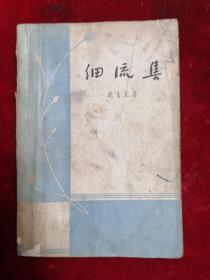
稀见初版==细流集
八品咸宁
¥ 880.00
-

【1930年稀见初版毛边本】塔
八品咸宁
¥ 3500.00
-
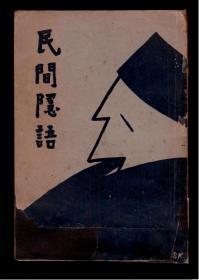
民国23年初版《民间隐语》稀见
八品西安
¥ 480.00
-

寄自小凉山 1958年初版 稀见
八五品厦门
¥ 200.00
-
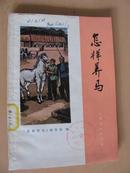
怎样养马(精美封面 稀见 74年初版)
九品衡水
¥ 41.80
-

1932年,稀见初版毛边本 : 宿莽
五品广州
¥ 5380.00
-

朱自清诗文选 1959年初版稀见
七五品福州
¥ 880.00
-
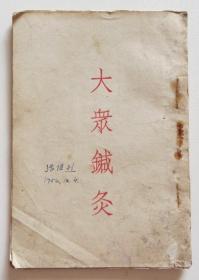
大众针灸 1953年初版 稀见中医书
七五品北京
¥ 680.00
-
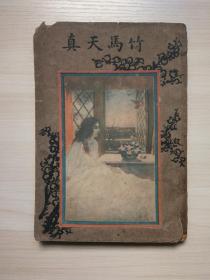
1924年初版《竹马天真》(下)稀见nh
八品天津
¥ 280.00
-
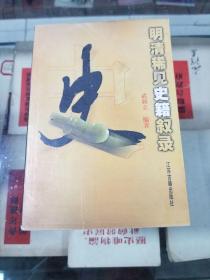
明清稀见史籍叙录(2000年初版)
八五品成都
¥ 15.00
— 没有更多了 —






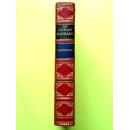

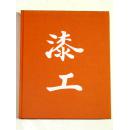

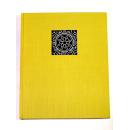
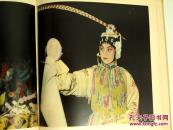
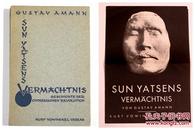
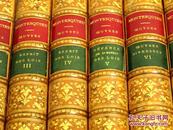

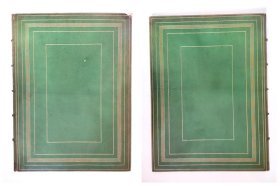
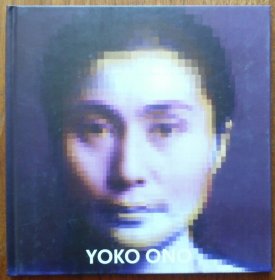

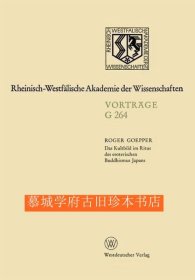
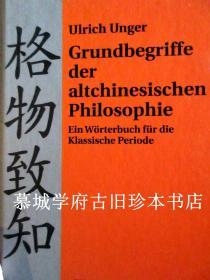
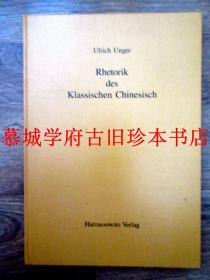


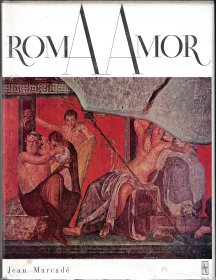



以下为对购买帮助不大的评价